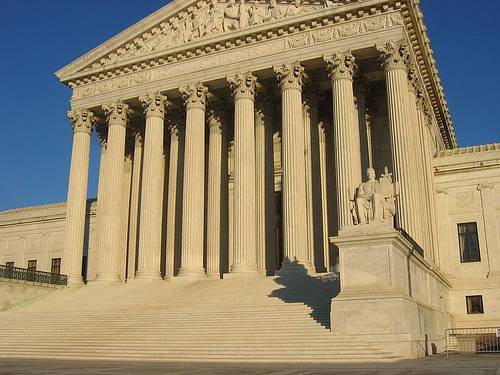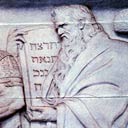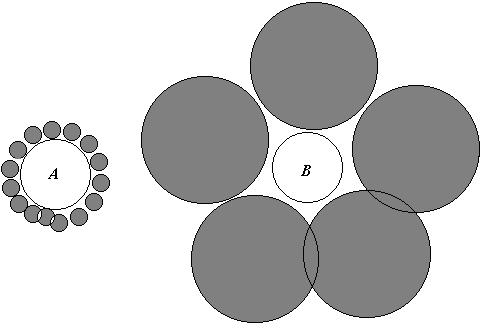borborygmus
n. rumbling noise in the intestines
Author: Greg Ross
Superstitions
American superstitions, collected by folklorist Fanny Bergen in 1896:
- If you sneeze at table with the mouth full, an acquaintance will die soon. (Virginia)
- If your shoe comes untied, your sweetheart is talking about you. (Alabama)
- To go back into the house for something after starting on a journey is unpropitious. To have it brought out is all right. (Iowa)
- To dream of bread is good luck. (Boston)
- If you drop the tea-towel, it is a sign of company. (Pennsylvania)
- Pass a baby through a window and it will never grow. (South Carolina)
- Dimple in chin, devil within. (Maryland)
- If you are a bridesmaid three times you will never stand in the middle. (New York)
Also:
Beware of that man,
Be he friend or brother,
Whose hair is one color
And moustache another.
(Portland, Maine)
The “Temple of Justice”

The U.S. Supreme Court building is pretty spiffy. It has its own cafeteria, a 450,000-book library and a basketball court on the fifth floor (which staffers call “the highest court in the land”).
It’s so spiffy that when it opened in 1935, some justices were embarrassed. Harlan Fiske Stone called it “almost bombastically pretentious … wholly inappropriate for a quiet group of old boys such as the Supreme Court.” Others called it “the Temple of Karnak” and suggested that justices ought to enter the courtroom riding on elephants.

One worrying note: The building’s frieze depicts Moses delivering the Ten Commandments, but his beard obscures some of the Hebrew, so the visible text reads:
Steal
Kill
Commit Adultery
But let that pass.
Unquote
“Poets have been mysteriously silent on the subject of cheese.” — G.K. Chesterton
It Binds the Galaxy Together

In April 2005, Grabowiec, a village near Torun, Poland, named one of its streets after Obi-Wan Kenobi.
No word on property values.
Diophantus’ Age
No one knows much about Diophantus, the Greek mathematician, but in the sixth century a math puzzle purported to give his epitaph:
“This tomb holds Diophantus. Ah, what a marvel! And the tomb tells scientifically the measure of his life. God vouchsafed that he should be a boy for the sixth part of his life; when a twelfth was added, his cheeks acquired a beard; He kindled for him the light of marriage after a seventh, and in the fifth year after his marriage He granted him a son. Alas! late-begotten and miserable child, when he had reached the measure of half his father’s [total] life, the chill grave took him. After consoling his grief by this science of numbers for four years, he reached the end of his life.”
At what age did he die?
Ebbinghaus Illusion

An optical illusion. Circles A and B are the same size.
Boo!
Bela Lugosi was buried in a cape.
Let This Be a Lesson
Martin Kallikak was a youthful soldier in the Revolutionary War. At a tavern frequented by the militia he met a feeble-minded girl by whom he became the father of a feeble-minded son. In 1912 there were 480 known direct descendants of this temporary union. It is known that 36 of these were illegitimates; that 33 were sexually immoral; that 24 were confirmed alcoholics; and that 8 kept houses of ill-fame. The explanation of so much immorality will be obvious when it is stated that of the 480 descendants 143 were known to be feeble-minded, and that many of the others were of questionable mentality.
A few years after returning from the war this same Martin Kallikak married a respectable girl of good family. From this union 496 individuals have been traced in direct descent, and in this branch of the family there were no illegitimate children, no immoral women, and only one man who was sexually loose. There were no criminals, no keepers of houses of ill-fame, and only two confirmed alcoholics. Again the explanation is clear when it is stated that this branch of the family did not contain a single feeble-minded individual. It was made up of doctors, lawyers, judges, educators, traders, and landholders.
— From Mental Defectives and Sexual Offenders, report of a committee appointed by New Zealand’s minister of health, 1925
Jantar Mantar

Timex had nothing on Jai Singh II. After building this 90-foot sundial, the Indian maharaja always knew the correct time to within half a second — and this was in the early 1700s.
Ben Franklin wrote, “Energy and persistence conquer all things.”
